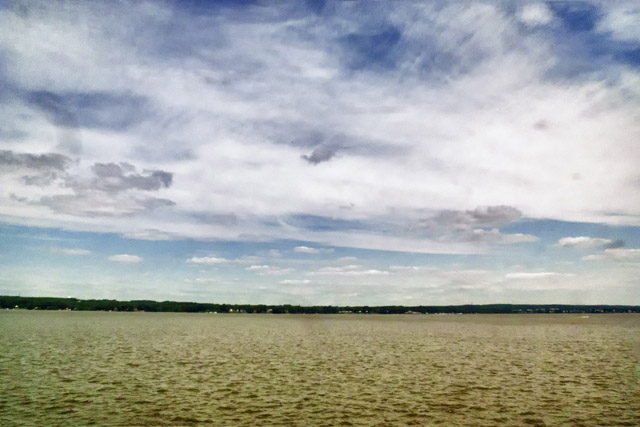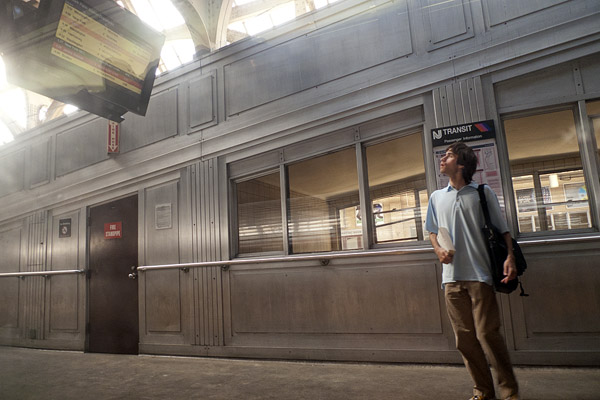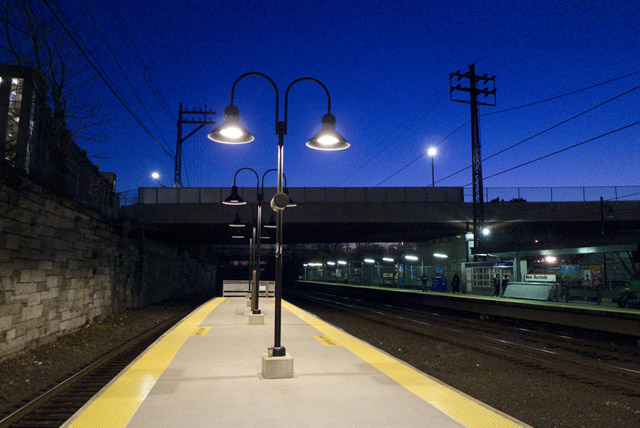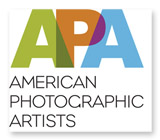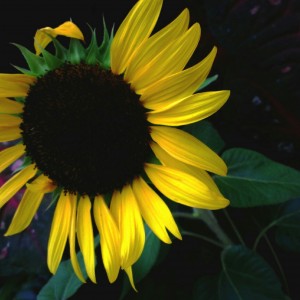
Sunflower from the atrium courtyard, National Museum of American Art, ©Jarvis Grant, 2012
In the summer of 2012 I found a new venue of expression, phone camera. As stated in my last blog post, I had always been a camera snob. One reason was I saw so much poor camera phones photography. I have owned phones that had cameras, but never used them beyond visual note taking. When I upgraded to my EVO 4G LTE, with its 8 megapixel camera, the need to investigate its possibilities was very strong.
When I first began using the device, I always had my Panasonic LX-3 with me, and I would “shoot behind” anything I did with the EVO with the LX-3. The Panasonic images were always better in my mind. When reviewing the photos, the reason I felt the LX-3 pictures were better was because I put more into them. So, to really see that the phone’s camera could do, I must not take the LX-3 with me anymore, which forced me to only use the EVO. That was scary at first but necessary if I wanted to learn how to use the new device.
This was good, but I found myself fiddling with the device a lot. My daughter told me about Instagram, and I installed the app. In fact Instagram was the first app I actually installed on the phone, which in itself opened up a whole new word in mobile computing. But that’s another story. Okay, so what Instagram provided was fiddle free photography. While shooting with a square frame took some getting used to again, it was a lot faster than shooting with a twin lens reflex. Then there was the idea of processing the image with Instagram’s filters. They were limited for sure, and I found myself still reviewing the pictures and processing them once I got home. Then one day as I was riding the bus, I was thinking about a couple of images I’d just taken. I took out the phone and began experimenting with the images. It was then I realized I could capture an image, process it and publish it, all while I was out and about. Wow, “mobile photography”! Okay I get it.
Yet, mobile photography was also offering something more. Something I had not felt since my days as an art student and new photographer. Freedom! I regained the freedom to shoot whatever I wanted too and felt like shooting. As a seasoned photographer I do lot of analytics while making photographs. I was finding that with the phone and all its limitations, I was much lighter, with fewer calculations, rules, and perceived obligations running through my head. When I looked up two months after installing Instagram I had hundreds of new images, with a couple of hundred posted on Instagram. For me, that was very different.
With my newly found mobile photography enthusiasm, I began writing about it in my Examiner.com column, which is the reason for the long gap between blog posts. Plus I entered a few images in the Mobile Photography Awards competition I saw on the Digital Photography Review website. Well last week I discovered in a Tweet from Jack Hollingsworth (@photojack) that the winners of the Mobile Photography Awards had been posted on their website. So I went right over to see if I placed. Well the images I thought were strong in their respective categories were not there. Bummer! When I got to Plants/Flowers category,and saw the stunning first prize wining entry by Patrick Shourds, I thought, “Oh man, these look great, oh well”! But in the Honorable Mentions group was my entry, Purple Tears, and I was shocked and surprised. Plus I felt pretty damn good.
Here are the other images I entered into competition plus the link to the Mobile Photography Award winners page.




